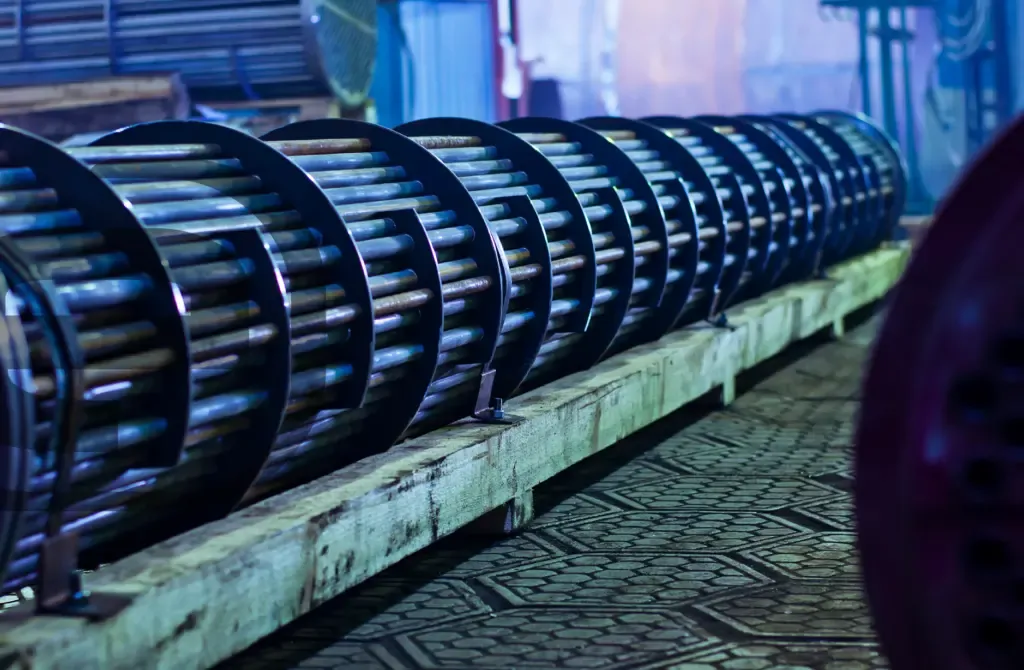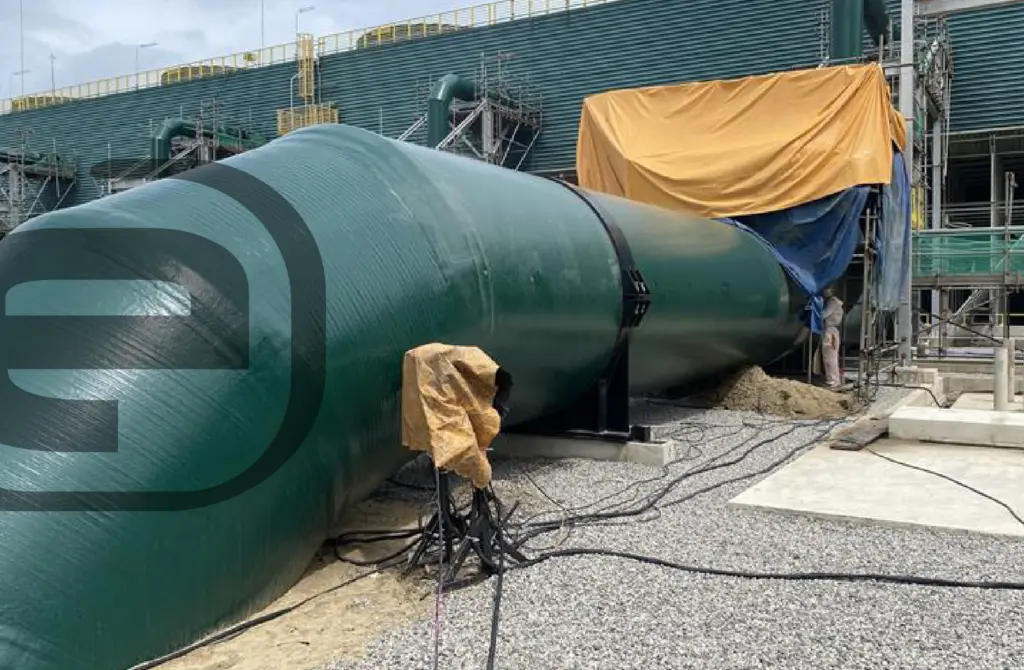Content
What is and where are the gas regulation and measurement stations used?
With the aim of decarbonizing conventional electricity generation, the reconversions of local coal industries by combined gas and steam cycles (CGSC) using the natural gas resources existing in nearby mines or deposits are increasingly frequent.
Likewise, in developing countries, often with nearby and available unexploited gas fields, the installation of CGSC is a boost to local development and energy independence from abroad.
In this context, with the use of gas turbines, the need arises for gas metering and regulatory stations (M&R) in order to adapt the gas supply specifications to the requirements of the turbine manufacturer. Small variations in the composition, flow or properties of the gas imply large variations in the operation of the turbine that, if not known or adjusted, can lead to malfunction or failure of the turbine.
Usually, the specifications required for a gas are the following:
- Constant pressure and in certain ranges.
- Proper temperature.
- Absence of impurities, which cause damage to the turbine blades.
- Determined composition and flow, in order to regulate the power according to the different scenarios in which the turbine must operate on demand.
Parts of a gas metering and regulation installation.
In order to control all gas specifications in an M&R, it must have certain systems or equipment that allow all parameters to be adjusted or checked. These parts or equipment are mainly the following:
- Filters: ensure that the gas is supplied without solid impurities. This filtering can be done in several steps, finally giving rise to a gas without impurities within the operating range of the turbine. Filters are arranged at the inlet of the M&R and also prior to entering the turbine (at the end of the M&R).
- Property measurement systems, such as chromatographs that are installed to evaluate, in semi-continuous, the exact composition of the gas, the PCI (lower calorific value) and thus be able to make operational adjustments.
- Certified flow measurement system, which is used to be able to adjust, together with the property measurement systems, the power supplied in the gas to the turbine, so that the operating conditions can also be adjusted to achieve a certain power or performance.
- Pressure regulating valves, which ensure that the pressure supplied is in line with that supplied to the turbine.
- Compressor, which ensures, in the event of a deficient pressure level, the working range for the turbine.
- Preheaters, installed in the first stages of the M&R, ensure the adjustment of the dew point to avoid the generation of frozen drops after the expansion of the gas in the different regulating valves. This heating can usually vary in the range of -50ºC and + 50ºC, depending on the supply conditions of the reservoir or gas pipeline.
- Turbine feed heaters that adjust the temperature so that it is in optimal conditions before entering the turbine and after passing through all the M&R equipment. These heaters usually use water as the heat transfer fluid, which can be supplied by the cycle itself or by other processes.
CADE, an added value in this type of project
CADE regularly develops design and engineering projects for this type of facility, collaborating mainly with EPC companies or suppliers of main equipment.
CADE’s experience and specialization in the development of comprehensive engineering for these facilities is the main reason why leading international companies trust us in their projects. More than a dozen ERM projects successfully executed in the last five years, ranging from the conceptual engineering phase (FEED) to detailed engineering.
The scope of services developed by CADE in this type of project usually comprises two clearly differentiated phases:
- FEED / PROCESS ENGINEERING. Among the works that would stand out:
Preparation of process P&ID.
Flowcharts.
Thermal / hydraulic calculation of the lines.
Equipment / heat exchangers data sheets.
Instrument data sheets.
Pipe specification calculations (EN-13480 / ASME B31.1 / ASME B31.3 standards).
Insulation thickness calculations / justification.
Orifice disc head loss calculations.
Preparation of line lists.
Valve data sheets.
Safety valve data / calculations sheets.
Calculation / Plans of ATEX zones (IEC 60079-10-1 / DVGW G442 / NFPA 70).
- DETAIL ENGINEERING. Among the detailed engineering works capable of being carried out by CADE, the following stand out:
- Intelligent 3D model (AUTOPLANT 3D).
- Line flexibility calculations (EN-13480 / ASME B31.1 / ASME B31.3).
- Pressure vessel calculations (EN-13445 / ASME VIII Division 1 / AD-2000, etc.)
- Structural calculation of support structures (benches) and maintenance structures (Eurocode, AISC, etc.).
- Preparation of isometric plans for pipes and material lists (MTO).
- Detail plans for the manufacture of support structures, maintenance structures, railings, stairs, etc.).
- Design of foundation elements, anchor bolts, chemical bolts, etc.
- Material purchase requisitions.
- Requirements for non-destructive tests on pipes and equipment.
- Purchase management.
- Project management (project planning, project progress reports, etc.).
Further information:
For any question or further information request about our services and technologies, please complete the following form:












